Today, we're going to cover everything you need to know about lucid dreaming. From how it happens to how you can induce lucid dreams yourself, we'll leave no dream stone unturned!
Lucid dreams have been reported throughout history, but they were scientifically documented as late as 1975. And while they usually occur randomly, there do seem to be techiques and methods that can increase the chance of having a lucid dream.
And controlling your dreams may sound like something from a science fiction movie, but it’s quite real and possible to achieve. So, let’s see how and why it happens. Let's also go over the most popular techniques people have found to induce lucid dreams.
What is lucid dreaming?
Let's start things off with an explanation of what lucid dreaming even is – just so that we're all on the same page. To oversimplify, lucid dreaming is when you're aware that you're in a dream. This is sometimes coupled with what is known as dream control but this is seen as a separate skill.
For some, this is the ultimate escape fantasy. You can ideally control every aspect of the dream (especially once you get used to dream control) and make it a lot more interesting than your waking life. So, it's no surprise that a lot of research has been done on the topic. Also, multiple communities of lucid dreamers have been formed around the internet.
So, if you want to know how to induce lucid dreams yourself, just keep reading. You should find all the answers you're looking for.
On a personal level, lucid dreams occur when you realise that you're in a dream. And, if you've mastered dream control, that you can control some or all aspects of your surroundings. This is why most methods you use to induce lucid dreams are based on keeping your mind sharp and aware.
On a physical level, it's a bit more complicated. Theories put lucid dreaming either within or right before REM sleep, depending on where you get your information from. REM sleep, for those of you who don't know, is an acronym for Rapid Eye Movement. It depicts the final stage of sleep characterised by the rapid movement of your eyes. If you want to know more, check out our article that covers REM sleep in detail.
Studies have also shown notably higher activity in the frontal part of one's brain among people who frequent lucid dreaming. This part of the brain is called the prefrontal cortex. It's in charge of complex brain activity like decision-making and recalling memories.
And while that all makes sense on a surface level, we still know too little about lucid dreams, or dreams in general, to provide a 100% efficient method for inducing lucid dreams. But here are the most common techniques.
What are the techniques to induce lucid dreams?
Although it's somewhat rare for people to have frequent lucid dreams, there are a few techniques you can practice in order to potentially heighten your lucid dream frequency. However, be aware that results may vary from person to person.
Lucid dreams rely on the fact that you'll realise you're dreaming. Therefore, reality testing makes your brain more accustomed to questioning your surroundings.
All you have to do is regularly check whether you're dreaming. For example, while you're reading this article, try to float up into the air. Since you won't be able to do it (we presume), you know that you're currently awake.
If you do these reality checks often enough, dream research suggests that it might become a habit that you'll start practising while in REM sleep as well. Only that time around, you'll actually float up into the air and thus realise that you're in a dream.
As you'll quickly see, most methods on how to lucid dream heavily rely on you forming some type of habit that can directly heighten your lucid dreaming frequency. So, this method is as simple as they come.
Even when it comes to non-lucid dreaming, lots of people from all around the world like to keep dream journals. It can be fun to look back on what you dreamt a year ago. It can even give you some insight into your mental state. So, it can be pretty handy regardless of whether you want to experience lucid dreams or not.
However, many lucid dreamers find it to be an essential cornerstone of lucid dreaming. This is because it forms a habit of focusing on your dreams and trying to recall them. In turn, this habit can also make you spot inconsistencies or patterns while in REM sleep. Thus it can notify you that you're in a dream.
It also helps to review your past dreams, learn from them, and set dream expectations accordingly in order to heighten the odds of becoming lucid (but more on this later on). So, whether you want to induce lucid dreams or just have some fun and gain some insight, keeping a dream diary can do you some good.
Just like with the previous example, REM sleep or no REM sleep, this is just a good thing to do in general. Meditation helps you become more relaxed and focused. It can also give you some insight into who you really are.
But these attributes are especially good to have for lucid dreamers. For one, meditation makes you more accustomed to the prospect of controlling your thoughts. That is essential if you want to have a lucid dream.
Secondly, you'll naturally become more aware of your surroundings and of your own body. That will in turn also help you realise when you're in a dream state. And these aren't strictly hypotheses either, as some research has shown a connection between meditation and lucid dreams.
Mnemonic Induction Of Lucid Dreams
The Mnemonic induction of lucid dreams, or the MILD technique, instead of creating a habit, works on getting you into the correct mental space to have a lucid dream.
It requires you to wake up around 5 hours after falling asleep and then convince yourself that the next time you dream, it's going to be a lucid dream. So, you can set up an alarm and then repeat to yourself “I'm going to have a lucid dream” before dozing off once again.
However, there's more to it than just setting a mental note. Avid lucid dreamers recommend using the triple R principle – Rescript, Rehearse, Remind. This principle states that you should recontextualise your dream upon waking up, imagining how you became lucid and what you did after the fact. By forming this vivid and clear plan, your subconscious is more likely to accept the given scenario. You can read more about the MILD technique here.
Since you're already 5 hours into your sleeping routine, you'll go straight into REM sleep. And since lucid dreaming is fresh in your mind, you're more likely to induce lucid dreams. Waking up in the middle of the night might seem a bit annoying. However, if having lucid dreams is your end goal, this is a pretty straightforward way to achieve just that.
Senses Initiated Lucid Dreaming
Senses initiated lucid dreaming, or SILD, is somewhat similar to meditation, but a bit more guided. So, if meditation is too general of a practice for you, this might be your best bet.
Here are the steps you need to follow. Lay in bed for about 10 minutes but make sure not to fall asleep. After that, get up for a few minutes while avoiding completely waking yourself up.
Now go back to bed and try to home in on your senses. Start by focusing on your eyes, then your hearing, and lastly touch. Initially do a few cycles in this succession quickly (only focusing on each part for about 10 seconds) and then slow things down.
The logic behind the SILD method is that you'll become more aware of your body and your senses. That mindstate will follow you into REM sleep. So, once again, you'll be more prone to pick up on inconsistencies and thus achieve more frequent lucid dreaming.
Wake Back To Bed
The wake back to bed method, or WBTB, is in concept very similar to the MILD technique. All you have to do is wake up around 5 hours into your dream state and then stay awake. But unlike the MILD technique, WBTB states that you should stay awake for 30 to 120 minutes in order to induce lucid dreams.
Waiting for this long will improve the odds of getting straight into REM sleep while your brain is still somewhat active – thus allowing you to have a lucid dream. Lucid dreamers also advocate for using the WBTB method alongside the MILD technique in order to better your chances of having lucid dreams.
This method might not be perfect for everyone, as a wake-initiated lucid dream comes at a cost of up to two hours of your time. However, this rule isn't set in stone. Some lucid dreamers have reported that even a relatively short sleep interruption has yielded results – so, don't immediately take the 2-hour mark as a given but rather observe how long it takes you to fall back asleep and which interruption period works for you and your sleep schedule.
Since lucid dreams occur within REM sleep, it's only natural that improving your REM sleep along with how long it lasts, will help you out quite a bit.
So, working out a proper and consistent sleep schedule should be the first task on your to-do list for inducing lucid dreams. And if you need help figuring out your sleep cycles, give this article a read after you're done here.
Secondly, you want to make sure that your room is completely dark and quiet. So, blackout curtains and good soundproofing/earplugs will help you out quite a bit. And lastly, make sure that the temperature in your room is conducive for sleep – so, not too hot nor too cold.
And if you need help figuring out the optimal temperature for sleep, you can find an article on that very topic on our site.
How to wake up from lucid dreaming?
While lucid dreams might sound amazing to some, others might not want to be conscious of their dream state. And as we'll discuss later on, lucid dreams can have certain negative aspects. Therefore, it might be a good idea to know how to wake up from a lucid dream.
Here are some general tricks that you can use if you want to wake up from your lucid dream. And as with everything mentioned so far, results may vary from person to person, as these methods for waking up depend on and work off of your personal emotions and associations – not universal signs.
If you've ever had an especially terrifying nightmare, you know that the dream sometimes ends the second you call out for help.
Although not a concrete science, we believe that this is because it sends a distress signal of sorts to your brain, making you wake up. And in some situations, you may also end up calling for help in the “real world”, waking yourself up in the process. We just hope you don't terrify other people in the room while doing so.
Blink
Blinking repeatedly in your dream has also been shown to cut your lucid dream short. One explanation is that blinking repeatedly preps your brain for waking up, thus allowing you to exit REM sleep.
Another explanation, in a similar fashion to the previous tip, states that blinking in your dream might make you blink in real life as well. This is because your eyelids are the one part of your body you still have some control over even while sleeping.
And the second you blink in real life, light is bound to hit your eyes, and thus wake you up from your dream.
By going to sleep within your lucid dream, you're effectively giving up control of your dream state. This in turn can either wake you up or make it so that your lucid dream stops in its tracks.
Plus, unlike the previous two tips, this one doesn't include moving your actual body. So, you don't have to worry about freaking out someone who's also in the room. And you might just continue sleeping peacefully, which is always a plus.
However, as mentioned at the beginning, this doesn't always have to be the case. Some lucid dreamers use going to bed in order to teleport around or even prolong their dream altogether. So, it's important to keep in mind what personally makes sense for you in order to get a hang of dream control.
Why is lucid dreaming useful?
You might think that lucid dreams are just useful for having some fun while sleeping. However, they do have some applications outside of that. So, let's talk about the benefits of lucid dreaming.
Since lucid dreams give you full control, you might wonder “can lucid dreaming treat nightmares?“. And while not an exact science, research has shown that it can in fact help.
Although we've all had a nightmare at some point or another, it's safe to say that for some people they tend to happen a lot more frequently. That's especially the case if they're under constant stress or are afflicted by some type of mental disorder.
And while having a lucid dream can't fight the disorder itself, or make your life less stressful, it can help you fight the nightmares that come as a result. This can make you less hesitant about going to sleep. It can also improve your sleep hygiene over the long run.
Plus, who doesn't want to do a 180 on that serial killer chasing you through a dark hallway and turn them into a rabbit?
On a similar note to the previous segment, lucid dreams can also help with anxiety. This is because lucid dreaming can become your safe haven from whatever is giving you anxiety in the real world, and thus give you much-needed relief.
Not to mention that the sense of control that comes with lucid dreams can make you feel more empowered. And hopefully, that feeling can follow you into the real world as well.
While the previous two segments might've been obvious, this one can come as quite a shock to some. After all, how can lucid dreams affect your real-life motor skills? Well, the explanation goes that when you're doing something in your lucid dream, the same parts of the brain that are responsible for that activity in real life are stimulated.
For example, if you've been practising how to play a song on the piano and you take that practice into the dream world, you should hypothetically reap some of the benefits. But before you become a musical prodigy in the dream world, remember that this just relates to the motor skill itself. It cannot substitute hard work and knowledge.
A lucid dream is the ultimate playground for your creativity and your conscious mind alike. After all, it's a land of infinite possibilities where you can do anything.
So, some people have reported getting artistic inspiration from a lucid dream. Also, some have reported breaking through mental barriers by fully indulging their creative side. And even if you're not an artist in the traditional sense, letting your mind explore the infinite possibilities of a lucid dream might just allow you to tap into a creative side you never knew you had.
Are there any consequences of lucid dreaming?
Now that we went over some of the potential pros that come with lucid dreams, let's talk about the potential negatives as well.
Of course, these only come into play if you excessively try to induce lucid dreams over a long period of time. Even then it may affect some people but not others. In other words, this is just something to keep in mind and not necessarily a morbid prediction.
Ruining your sleep quality
As we've mentioned already, lucid dream research has shown that lucid dreams make your prefrontal cortex display brain activity even while asleep. And while that's perfectly fine from time to time, it's important to note that it can ruin your sleep over the long run.
After all, your brain activity is supposed to stay low while you're asleep. So, if you dream lucidity on a frequent basis, your brain isn't getting the rest it needs. And thus, you might end up feeling more tired throughout the day.
However, we will also point out that not everyone might have this experience. Experienced lucid dreamers claim that only negative lucid dreams tend to tire them out. And others even claim that they've never felt more tired after a lucid dream regardless of how it went. Plus, since regenerative sleep takes place during N3 of Non-REM sleep, your body should be getting all the energy it needs either way.
So, while we do think it's a point worth considering, take it with a grain of salt. At the end of the day, only you can know how lucidity affects your subjective sleep quality and as long as you don't see a decline in your energy levels, you should be fine.
Spontaneous lucid dreams are fun because you get to experience something new and then move on. However, if you're striving to have intense lucid dreams every night, you might run into some trouble.
This is because you might become too accustomed to the “dream world”. You can slowly lose the ability to distinguish it and actual reality. This is especially concerning if you happen to also suffer from certain mental disorders like schizophrenia.
Not to mention that states like sleep paralysis, which are already rather unnerving, can become even more vivid and unsettling (more on this topic below).
And on a grander scale, constant lucid dreams might lead you to dissociate more frequently – symbolically removing yourself from the real world. We've seen something similar when “reality shifting” came into the mainstream recently, so just be careful.
Lastly, it's worth pointing out that what you decide to do within a lucid dream isn't always completely harmless. For example, if you use lucid dreams to vent out anger and some primal need for violence, doing this every night can affect how you view and act in your waking life as well. So, keep note of how your psyche is doing at any point.
But again, it's important to emphasize that these are all worst-case scenarios. Lucid dreaming is fundamentally all about making the distinction between reality and the dream world, and thus, except in cases of exterior factors (like mental illness), you shouldn't have anything to worry about.
What are the best practices for reality testing?
If you've gone through all of those cons, and you still feel like lucid dreaming is something you're interested in – here are a few tricks you can use. They might not work for everyone, since they work off of dream control but they're worth giving a shot.
This is one of the more common reality checks that you can do in order to see whether you're in a dream state. Simply take your finger and try to push it through your palm.
Here, in the real world, it only takes a second to do, so it makes for an easy habit to establish. But in the dream world, this might be the giveaway you need in order to enter a lucid dream.
Turning a light switch off and on is something you do countless times every day. So, it shouldn't come as a surprise that you tend to get suspicious if a light switch doesn't work the way it's supposed to.
You guessed it – this is another easy reality check you can do in your dreams. While sometimes the light switch might work normally even in your dream state, usually that isn't the case. Most of the time, the light switch won't do anything, and you can use that in order to trigger a lucid dream.
Mirrors are another quick and easy way to figure out whether you're in a dream. This is because mirrors in the dream world usually won't just spit out your exact reflection. Although it can happen sometimes.
More often than not, mirrors within dreams will change or warp some part of your appearance, giving you the heads up that you're just dreaming. However, what you see might not always be pleasant – especially if you've watched a horror movie recently.
This is because this method (along with the next one as well) relies on observing complex datasets without a stable external reference. In other words, there isn't one answer to what you can see in a mirror, and thus inconsistencies can form.
Generally speaking, the brain has a lot of problems when it comes to reading within dreams. Sometimes you won't be able to read at all. Other times the text might change after you look away for a second and then focus on it again.
And for whatever reason, it also has trouble with remembering text – like tattoos. So, if you have a tattoo in the real world, odds are that it's going to look quite different within your dream. This is why it's a very common reality check for people who have tattoos.
Some even tattoo the words “am I dreaming” somewhere visible and use that in order to trigger a lucid dream. But we can't recommend getting a tattoo just for this reason. Especially since this practice works with any form of writing.
Pinch your nose
Another common reality check is to simply pinch your nose. After you've done so, try to take in a deep breath. Unlike in real life, you'll be surprised to find that you can breathe just fine.
This is because we use the same neural pathways while asleep and awake (as discussed in the motor skills section). And since you're breathing in your bed, you'll continue doing so within the dream as well. Plus, this technique doesn't rely on dream control, unlike the first two, which makes it an excellent option for beginners.
The way you go about interpreting lucid dreams is the same as with regular dreams. Keep a dream journal and try to pick up on major themes that come up frequently.
Plus, many people have reported that lucid dreams are easier to interpret than their non-lucid dreaming counterparts. This is because lucid dreams tend to be more vivid (although this isn't always the case). Also, your mind is more focused on what's going on.
Conclusion
Overall, lucid dreams are a fascinating thing. They can help you fight your fears or practice your piano. However, they can also blur the lines between dreams and reality itself.
But on a grand scale, we think they're harmless – with avid lucid dreamers stating they've run into no issues even after lucid dreaming every night. Plus, most of the practices used to induce lucid dreams are just good habits to have in general. So, get out there and take control of your dreams if lucid dreaming sounds interesting!
Spread the word
Recommended reading:
References & Resources
Common misconceptions about lucid dreaming and FAQs
In order to make sure that we've answered every question you could possibly have, as well as give proper respect to the lucid dreaming community, we'd like to go over some general misconceptions and common questions regarding the subject.
However, we will note that we will heavily rely on the internet community in this segment and their experiences. An experienced lucid dreamer could understand aspects of the act that research can't measure. So, let's begin.
What's the easiest way to induce lucid dreams?
According to the community, the best way to induce lucid dreaming is by combining the MILD technique and having a dream diary. However, we will point out that they also suggest more prominent visualisation as part of the MILD technique.
What this means is that upon waking up at night (after 5 hours), try to recall the dream you just had or a fairly recent dream. Then visualise and analyse that dream, looking for lucid dream triggers and imagining yourself becoming lucid.
For example, you recall a dream where you were at school and had to take a test. Try remembering whether there was something off about the school or your classmates. Focus on that inconsistency and visualise yourself becoming aware of it and then becoming lucid. And in order to do this consistently, write in and read your dream diary frequently.
Will I always have control of my lucid dream?
Unfortunately, no. Although flying through the sky is what we associate with lucid dreaming, actual dream control isn't always a part of the puzzle. Sometimes you will be aware that it's a dream but won't necessarily have the means to control anything about the dream itself.
It is said that the more accustomed you get to lucid dreaming, the more often you'll have dream control but that isn't exactly a rule either.
Why can't I control some parts of my lucid dream?
On a similar note to the previous question, some people might experience lucid dreams where they have dream control but only in certain ways. For example, they can fly around without a care in the world but can't instantly manifest a new house.
The theory states that this is because you're going against what your conscious and subconscious minds expect. For example, your mind doesn't expect things to just pop into existence out of thin air. However, if you find a box and “command” that there will be a sword inside, your mind is a lot more likely to cooperate.
If you die in a dream, do you die in real life?
Although this is a common misconception, it also does hold some fragments of truth. But first, let's get the main point across – dying in your dreams does not immediately kill you. In fact, odds are that either you or someone you know have died in their dream at some point.
Another similar potentially hyperbolic statement is that “you immediately wake up after dying in your dream because your brain doesn't know what happens after death”. However, you can find plenty of people online who claim this isn't the case.
While the statements of strangers on such a subjective topic aren't exactly airtight proof, at the very least, both of these death proverbs seem to oversimplify the situation. That being said, one aspect can potentially be true – dying from a dream.
We already know that dying out of fright is possible and has been documented numerous times (especially when there's a preexisting heart condition at play). So, theoretically, if you have a vivid dream that's truly terrifying, and you have preexisting conditions, you could die.
Is there a link between lucid dreaming and sleep paralysis?
These two sleep phenomena often get brought up in the same breath, so, let's discuss why that is. On the one hand, they could be seen as opposite sides of the same coin, with lucid dreaming being the ultimate freedom and sleep paralysis the ultimate prison.
And the two can sometimes coincide. For example, if you practice one of the methods mentioned in order to experience frequent lucid dreams, it can technically lead to sleep paralysis. And on the other hand, sleep paralysis itself can be the trigger for lucid dreaming.
However, it's worth pointing out that this relationship can exist, but it doesn't have to. You can have frequent lucid dreams and never experience sleep paralysis or have sleep paralysis and not become lucid.
Why do so many people have negative experiences with lucid dreaming?
You may have fallen down a rabbit hole where it seems like people have had only terrifying experiences with lucid dreaming. And while it's completely reasonable to have a bad experience from time to time, we don't think this is really indicative of lucid dreaming as a whole.
To put it simply, negative experiences just have a more lasting imprint on our minds. So, people can have ten positive experiences and treat the experience as “only a dream”, but then have one negative experience and talk about it loudly and frequently.
In other words, it can seem like lucid dreams are a lot more negative than they actually are. So, keep that in mind if you're hesitant to try it because of all the experiences you've read about online.
What should you never do in a lucid dream?
Lastly, we'd like to go over one of the most important facts when it comes to lucid dreaming – everyone's experience is different. This is to say that perhaps none of the reality testing methods we've described will work for you, or that you might find a brand-new technique that helps you but doesn't work for anyone else.
This is rather important to keep in mind, as you'll often see how you “should never do X when lucid dreaming” or how you “have to do Y in order to have dream control”. The fact of the matter is that we still don't know everything about dreams in general, let alone lucid dreaming.
And even though we've gone to great lengths to describe all the most popular theories and methods, they aren't necessary nor set in stone. So, if you've found no success so far, that doesn't necessarily mean that you're “incapable” of lucid dreaming.


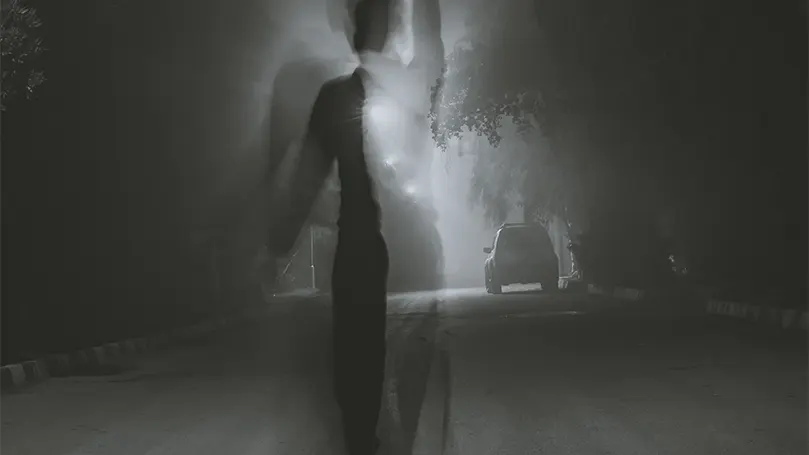


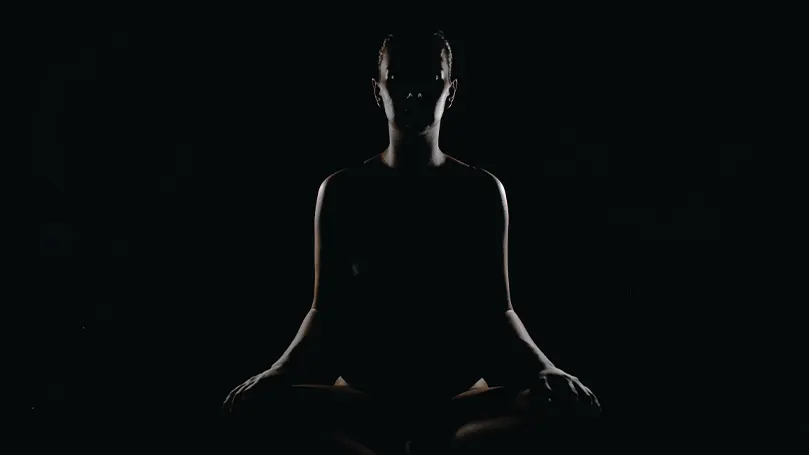


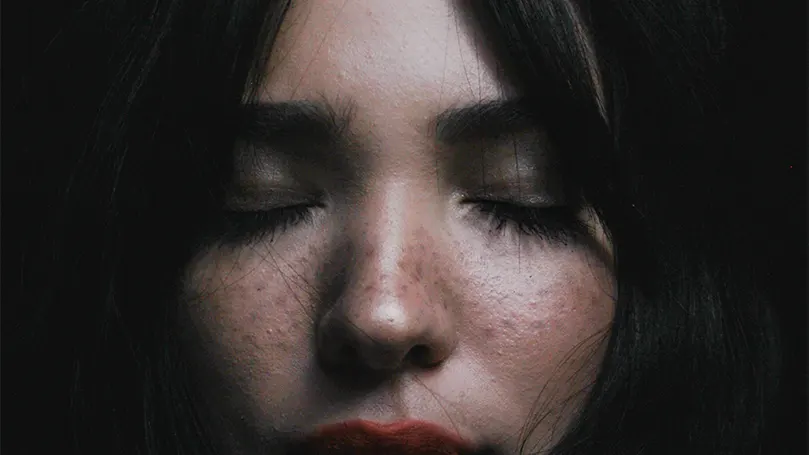






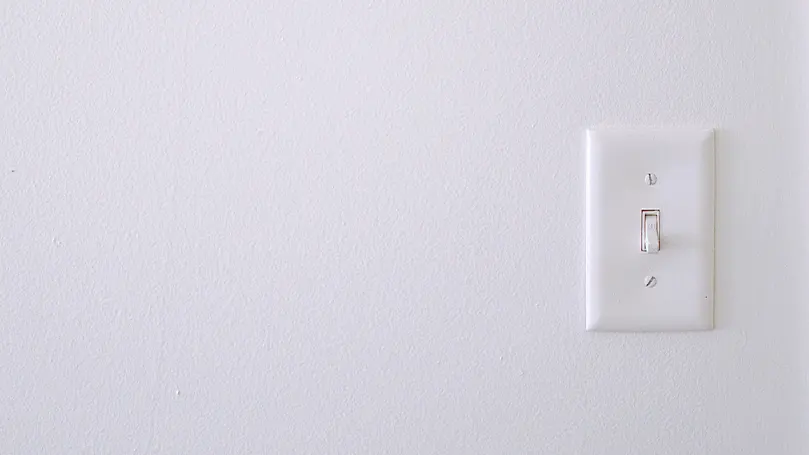











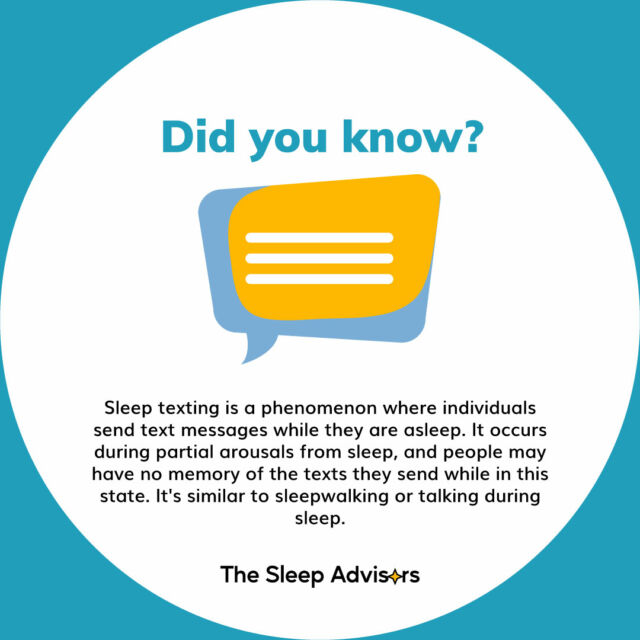
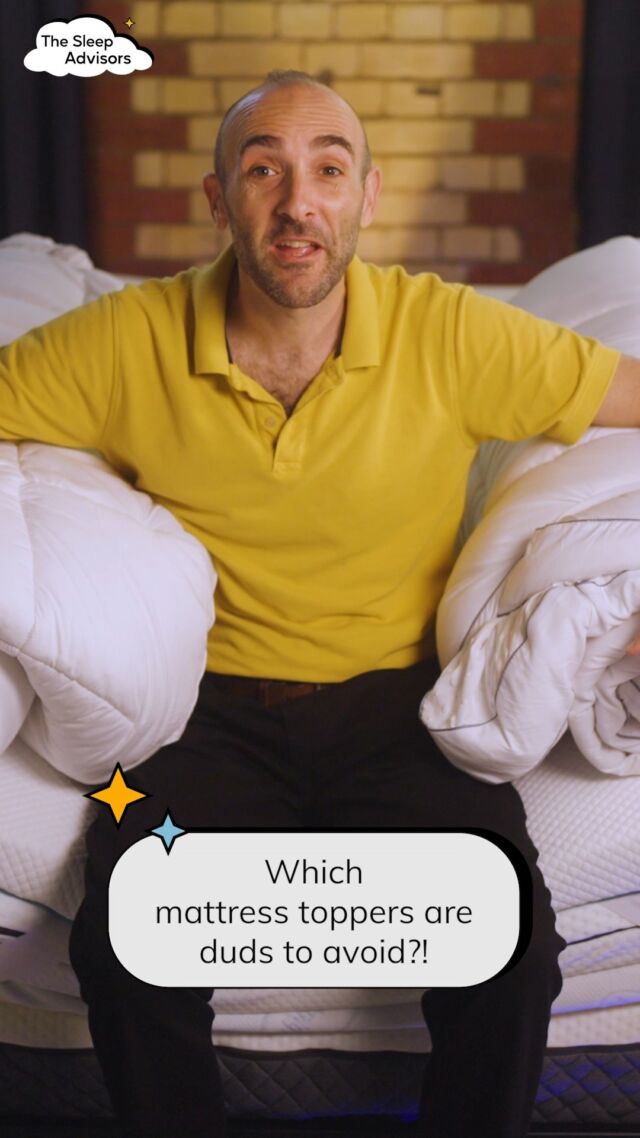

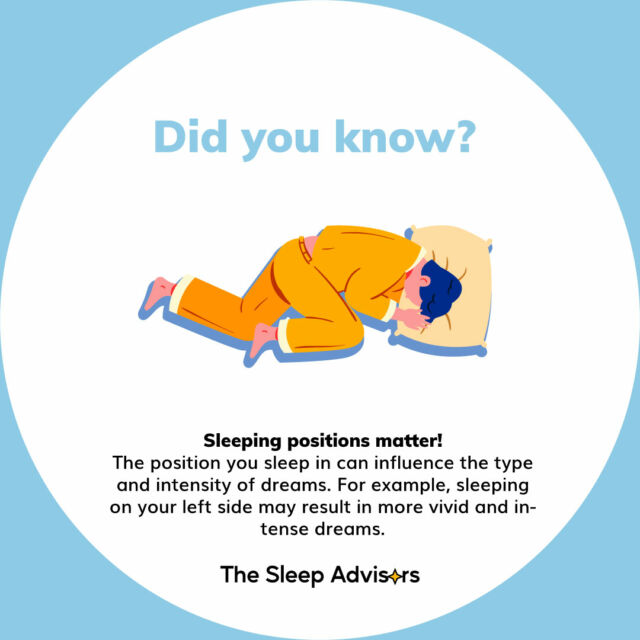



There are no comments yet
"*" indicates required fields